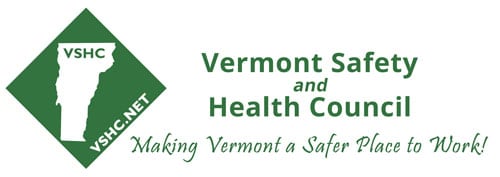What is the Globally Harmonized System (GHS)?
GHS stands for the “Globally Harmonized System of Classification and Labelling of Chemicals”. GHS is a system that defines and classifies the hazards of chemical products, and communicates health and safety information on labels and material safety data sheets (called Safety Data Sheets, or SDSs, in GHS). The goal is that the same set of rules for classifying hazards, and the same format and content for labels and safety data sheets (SDS) will be adopted and used around the world. An international team of hazard communication experts developed GHS.
Why is global harmonization necessary?
Currently many different countries have different systems for classification and labelling of chemical products. In addition, several different systems can exist even within the same country. This situation has been expensive for governments to regulate and enforce, costly for companies who have to comply with many different systems, and confusing for workers who need to understand the hazards of a chemical in order to work safely.
GHS promises to deliver several distinct benefits. Among them are:
– promoting regulatory efficiency
– facilitating trade
– easing compliance
– reducing costs
– providing improved, consistent hazard information
– encouraging the safe transport, handling and use of chemicals
– promoting better emergency response to chemical incidents, and
– reducing the need for animal testing
What is the scope of GHS?
The GHS system covers all hazardous chemicals and may be adopted to cover chemicals in the workplace, transport, consumer products, pesticides and pharmaceuticals. The target audiences for GHS include workers, transport workers, emergency responders and consumers.
